
There’s something about a pan of warm cinnamon rolls. The smell of cinnamon sugar. The soft, gooey center. That moment when the frosting melts into every swirl. For years, I thought that kind of cinnamon roll was out of reach after going gluten-free. But these taste just like the ones you remember: soft, tall, and fluffy with a buttery filling and rich cream cheese frosting.
The secret is in the homemade flour blend. Most gluten-free all-purpose flours aren’t designed for yeast doughs, which is why so many gluten-free rolls turn out dense or crumbly. By using a simple mix of brown rice flour, tapioca starch, potato starch, and xanthan gum, you get a dough that rises beautifully and stays soft for days.
This recipe has been tested and simplified so it feels doable even if you’ve never made yeasted gluten-free dough before. They’re the kind of cinnamon rolls you’ll want to bake for every weekend brunch or holiday morning.
Why You’ll Love this Recipe
Searching for more gluten-free breakfast recipes? gluten-free crepes / gluten-free pancakes / gluten-free blueberry muffins
Ingredients

TIP
I know it looks like a lot of ingredients for the custom flour blend, but I kept this blend as simple as possible. The result is a dough that’s soft, fluffy, and worth the extra five minutes it takes to measure out. You will NOT get the same results with a commercial gluten-free flour blend.
Ingredient Notes
- Brown Rice Flour: Adds structure and a mild, neutral flavor.
- Tapioca Starch and Potato Starch: Create a light, chewy texture and help the rolls puff up as they bake.
- Xanthan Gum: Helps hold everything together (which we need since we have no gluten here)
- Whole Psyllium Husk: When mixed with water, it forms a gel that mimics the elasticity of gluten. Use the whole husk, not the powder, for the best texture. I find that psyllium husk powder clumps up really easily.
- Instant Yeast: Speeds up the process and gives the dough a consistent rise. No need to proof separately.
About This Dough
This recipe starts with my Gluten-Free Basic Sweet Dough, an enriched dough made with milk, butter, and eggs for a soft, tender crumb. It’s a versatile base that I use for several of my favorite gluten-free recipes like yeasted donuts, crescent rolls, and soft dinner rolls.
The richness from the milk, butter, and eggs is what gives these cinnamon rolls their soft texture and golden color. It’s the same dough that makes my donuts light and fluffy, and my dinner rolls extra tender.
Getting the texture for this recipe right took a lot of testing. I tried using psyllium powder mixed straight into the dry ingredients, but I found the dough needed time to hydrate before it became workable, and the texture was less consistent. When I switched to hydrating whole psyllium husk in warm water first to make a gel, the dough came together beautifully every time — soft, elastic, and easy to shape.
That gel step is now the foundation of all my enriched gluten-free doughs. It gives structure and flexibility without drying out the dough or making it dense.
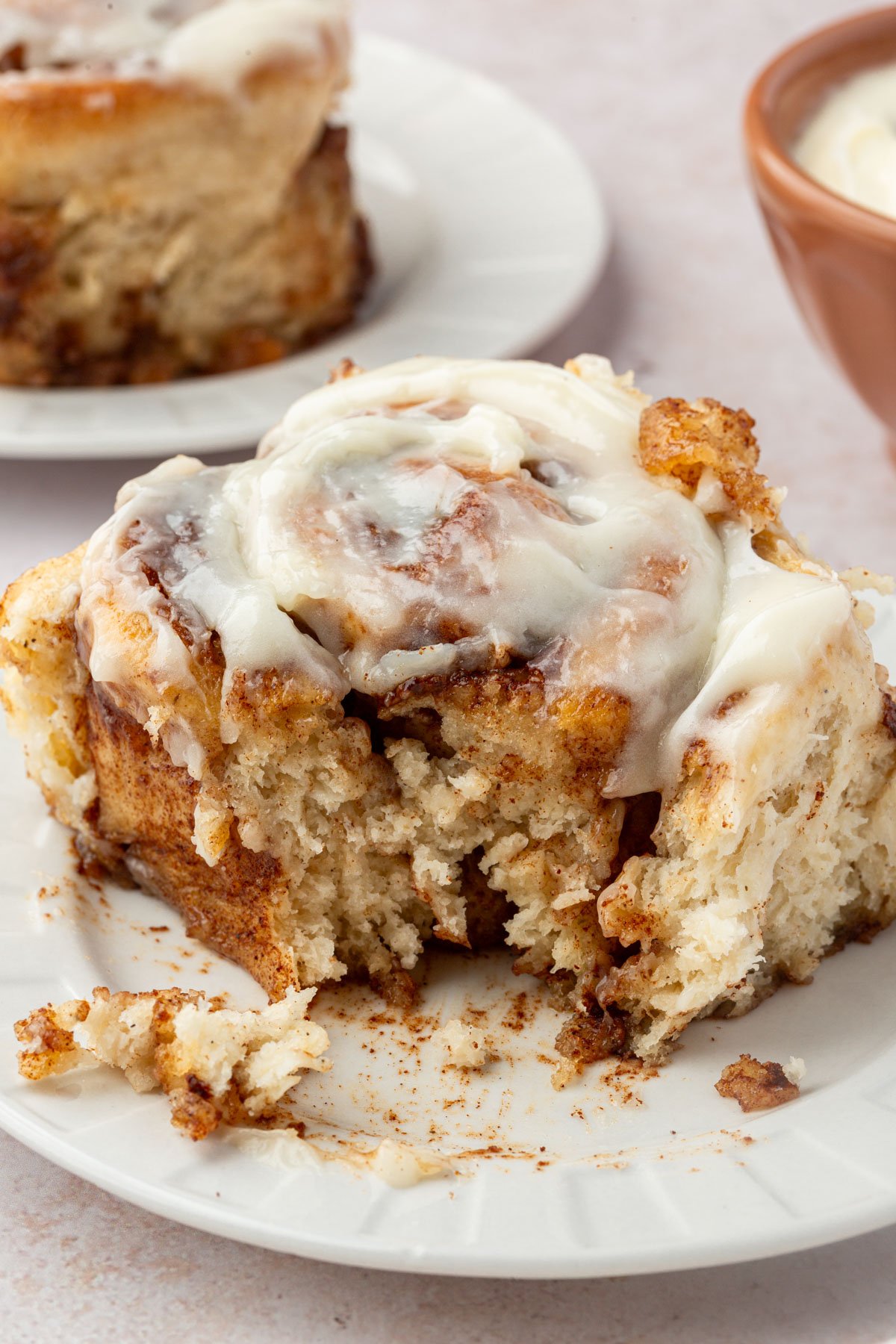
How to Make Gluten-Free Cinnamon Rolls
For the ingredient list with measurements, full instructions, printable recipe, and additional notes, please scroll down to the recipe card.
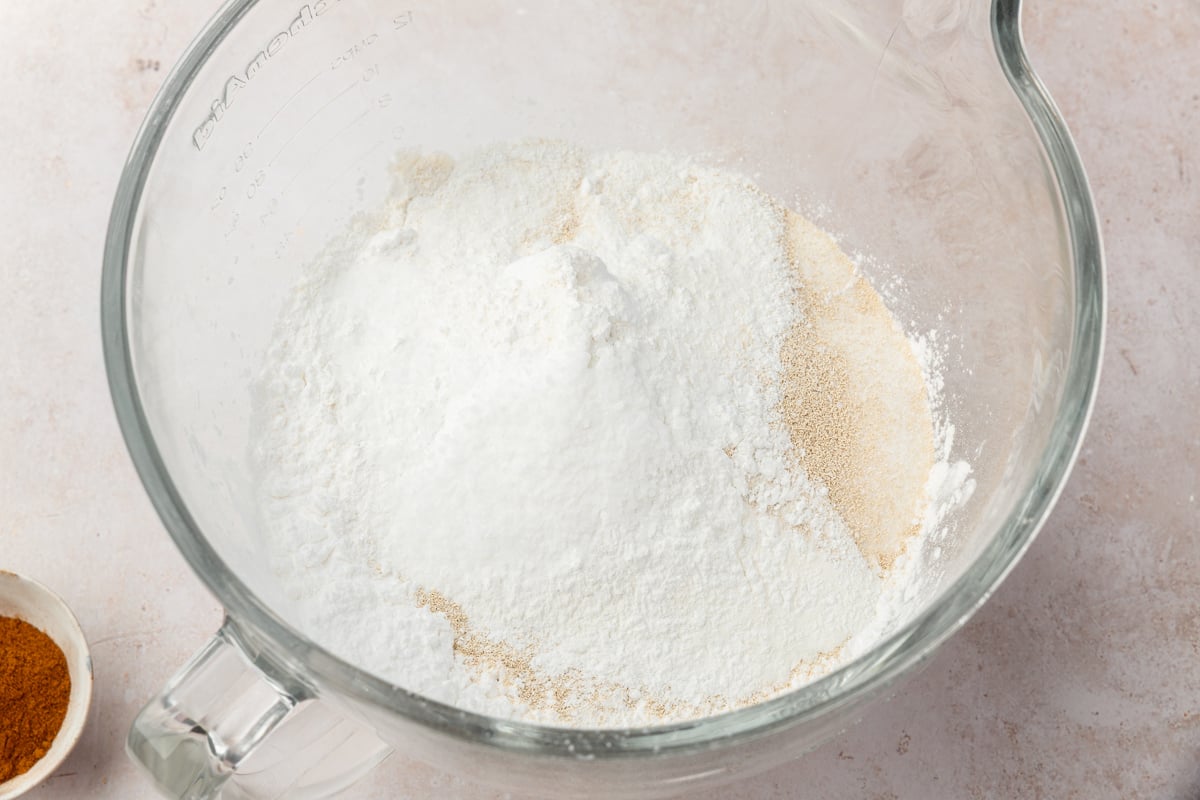
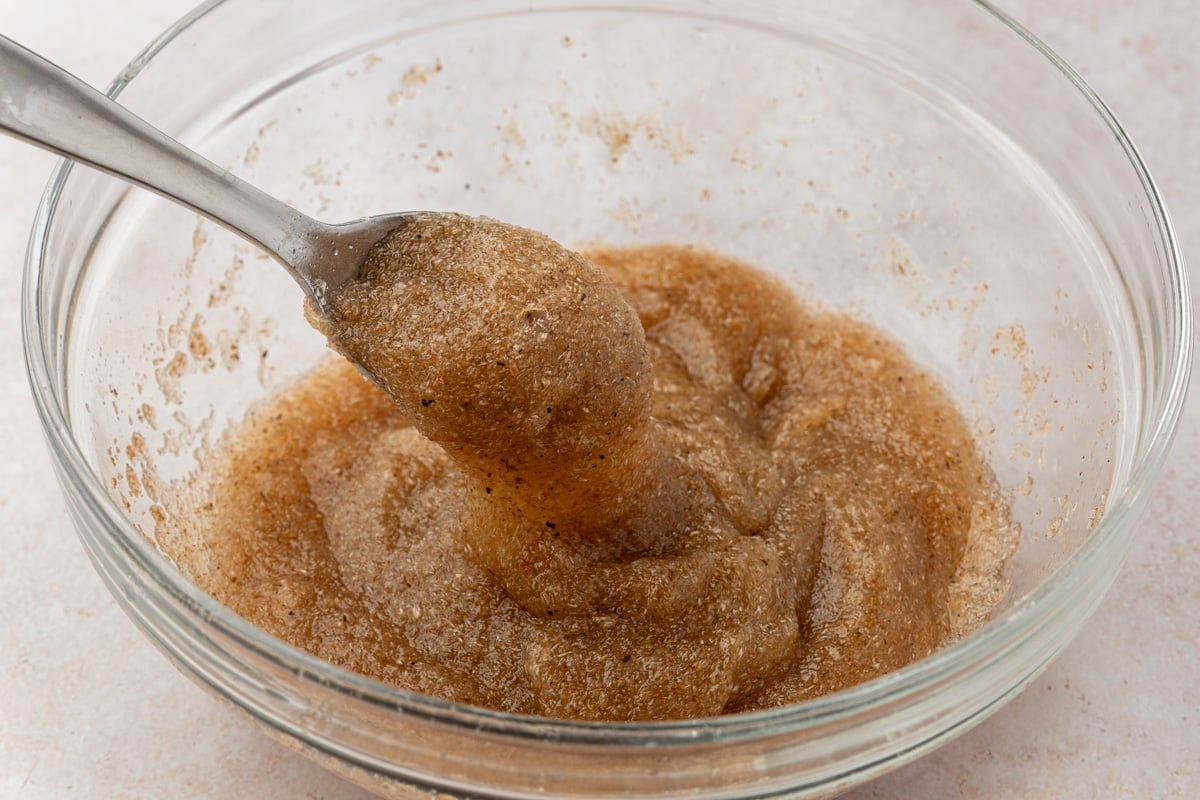
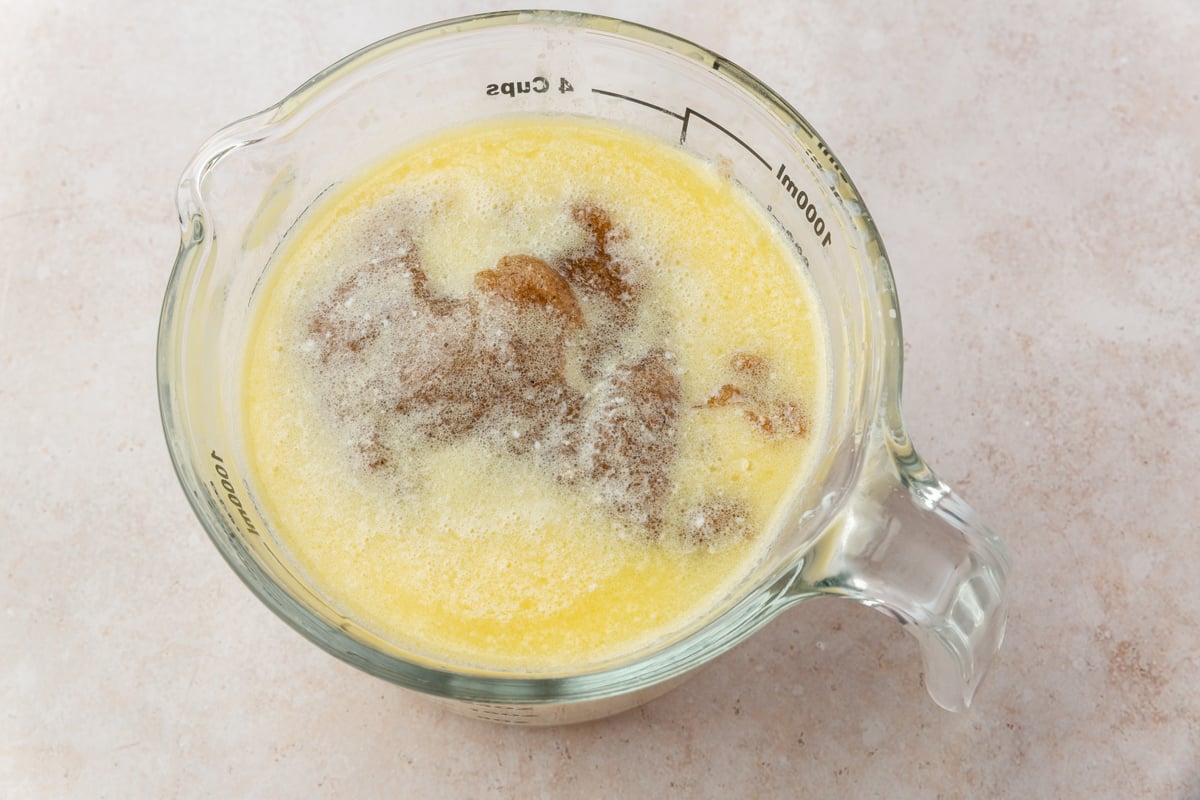
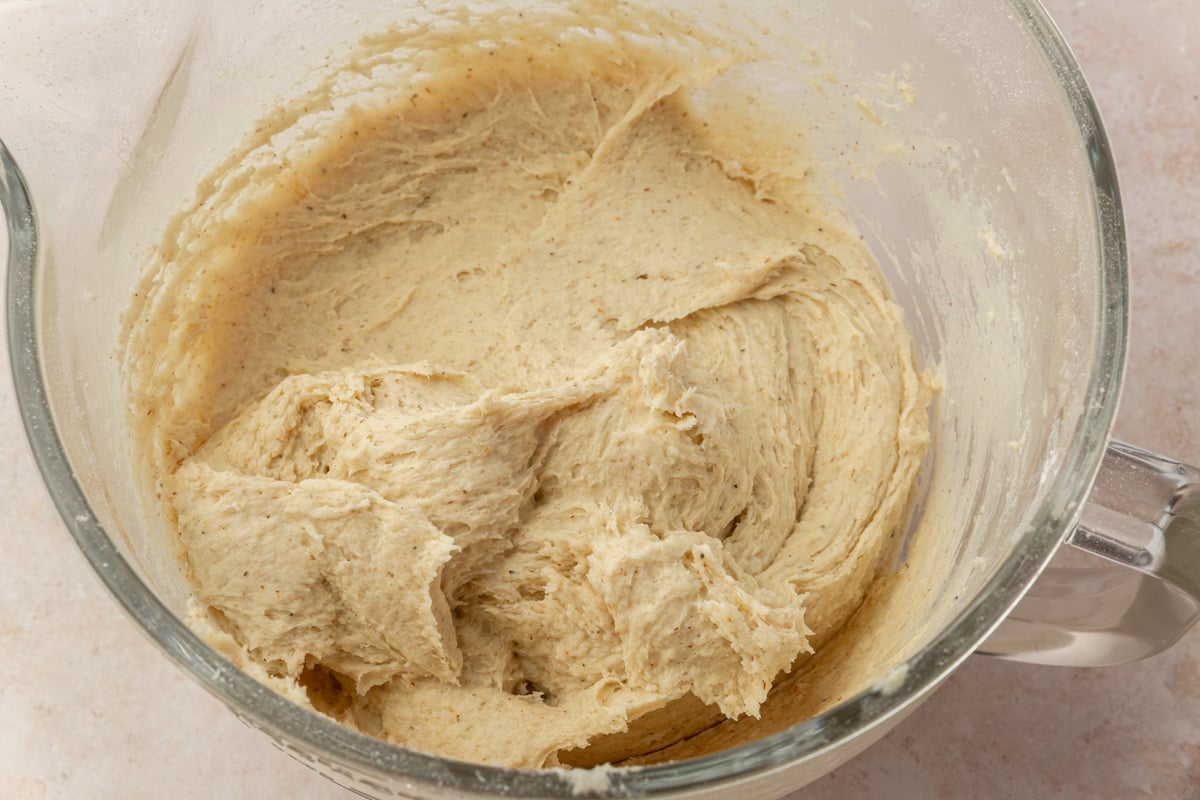
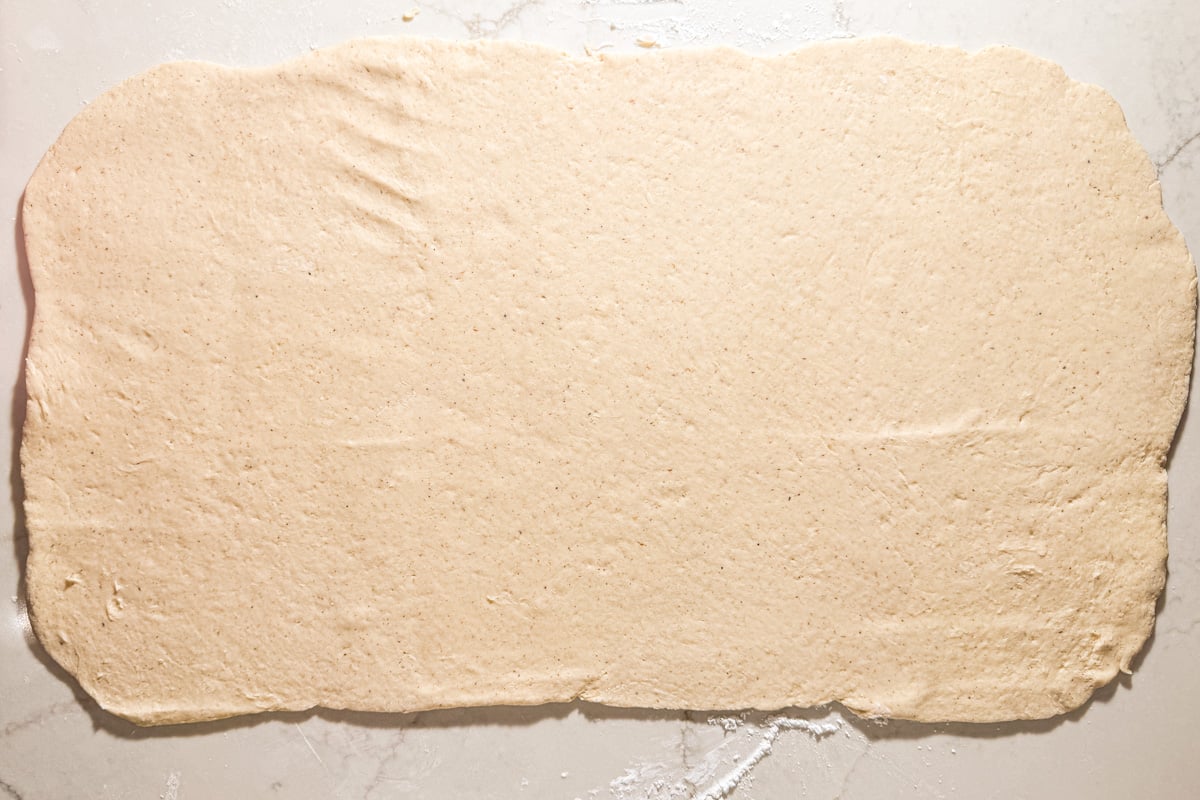
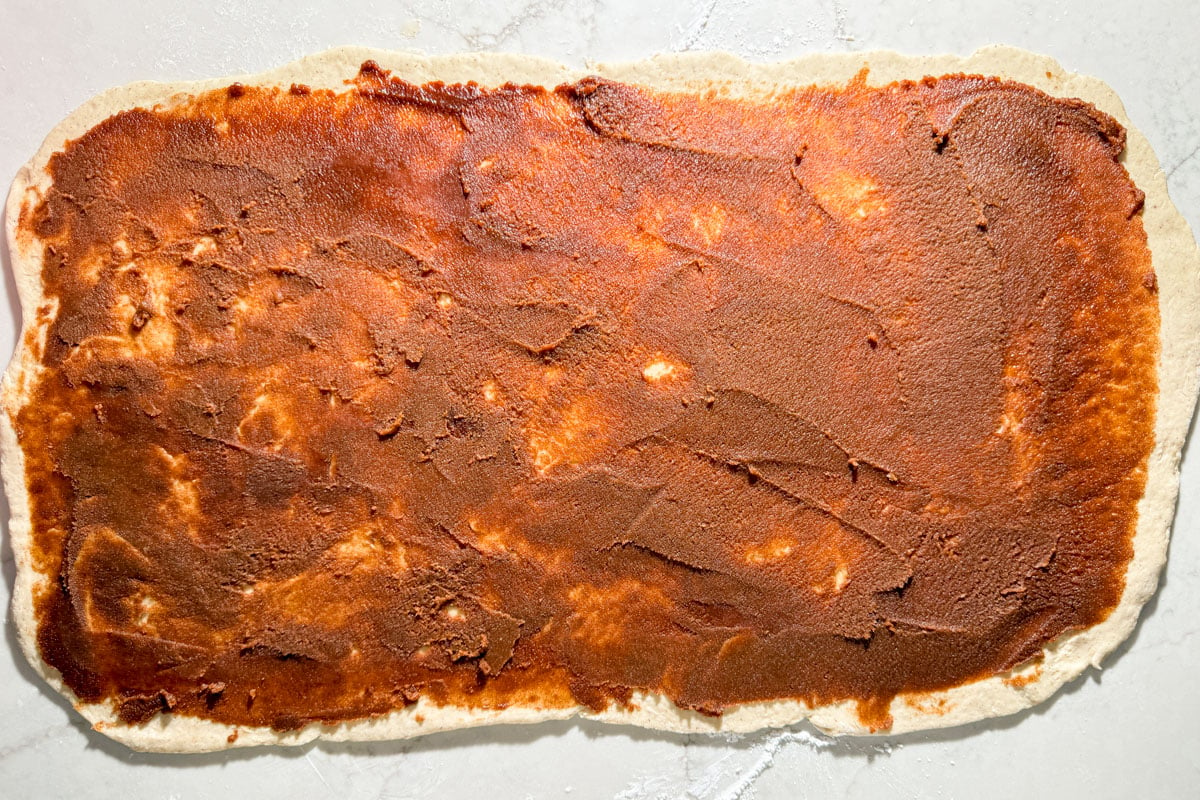
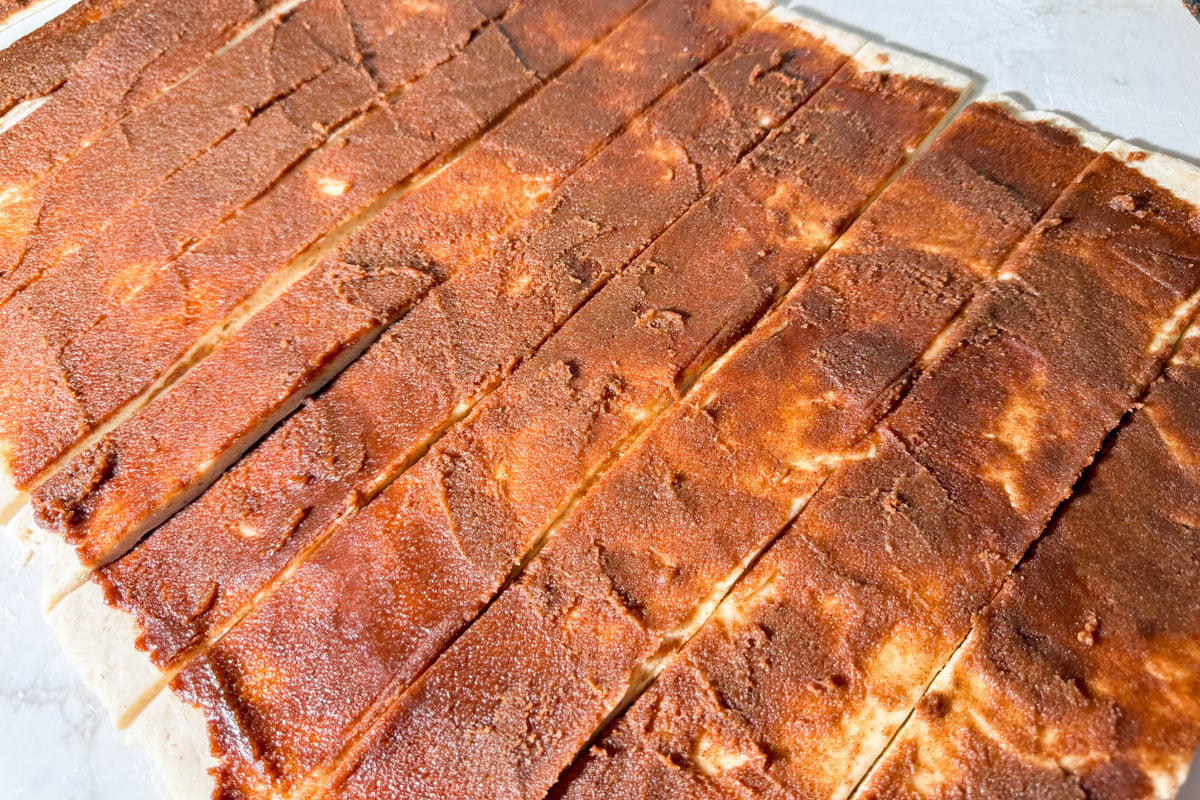

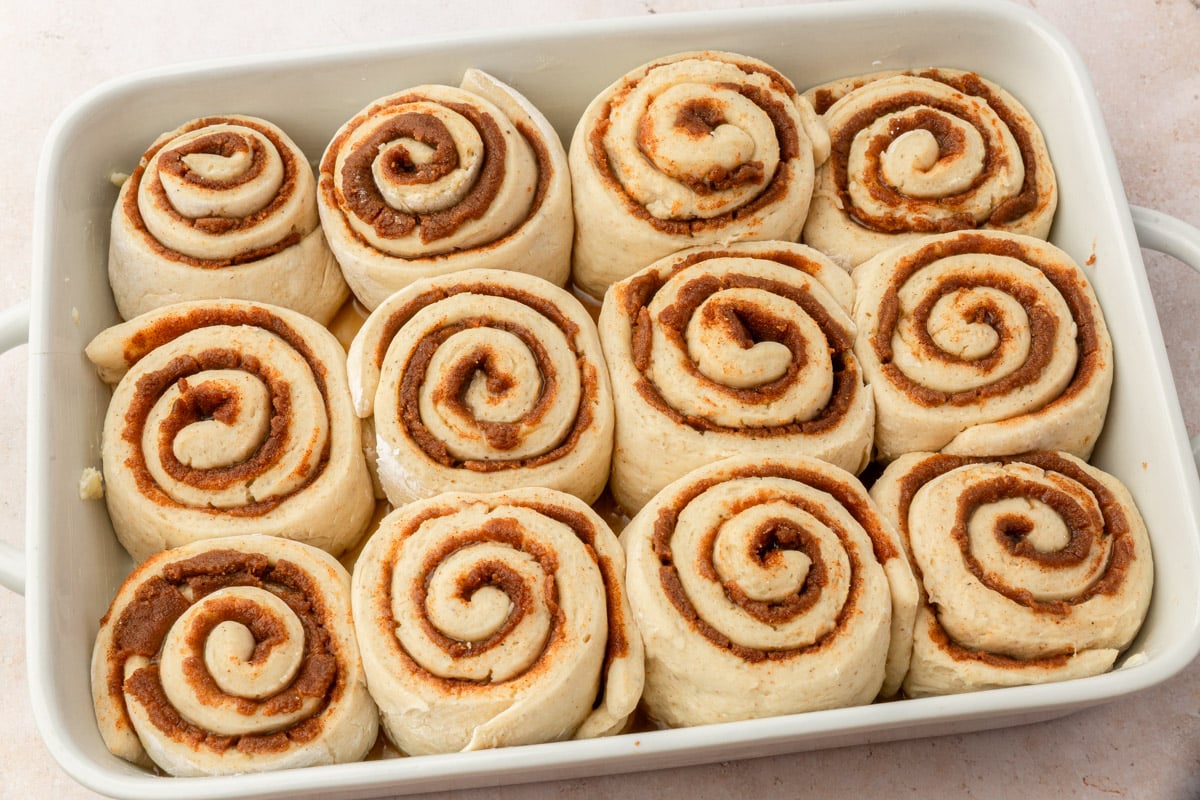
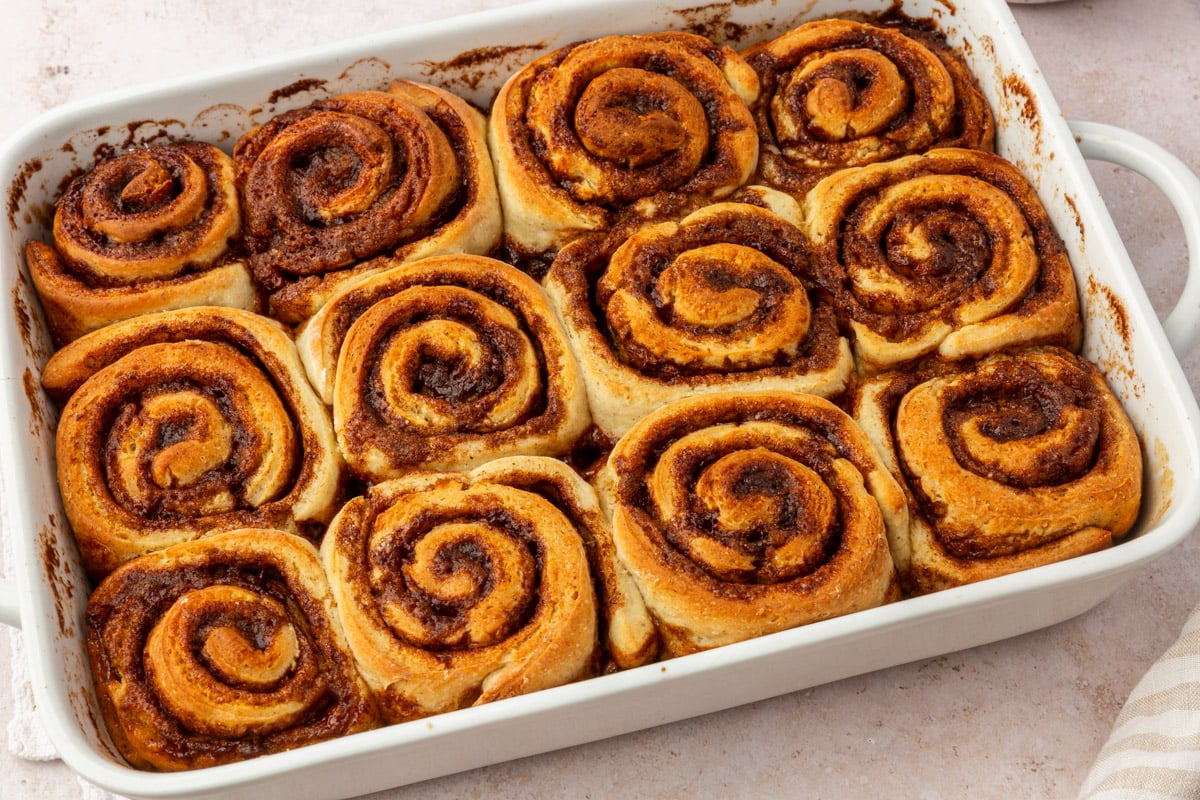
The tops should be deep golden, and the filling should bubble slightly around the edges. Frost while they’re still warm!
Recipe FAQs
Not for this one. Most all-purpose gluten-free blends aren’t designed for yeast doughs and can make the rolls dense or dry. This recipe uses a homemade blend that gives the dough a soft, stretchy structure and helps the rolls rise tall and stay fluffy.
Absolutely. It’s a little sticky at first, but after a minute or two of kneading it smooths out nicely. Coat your hands in tapioca flour to make it easier.
Yes. Shape the rolls, cover the pan tightly, and refrigerate overnight. The next morning, let them come to room temperature and rise until puffy before baking. It’s a great option for holiday mornings or brunches.
Whole psyllium husk hydrates more evenly, giving the dough a soft, elastic texture. Powdered psyllium can clump and make the dough too firm or gummy. I tested both ways and much prefer using whole psyllium husk hydrated in water.
Expert Tips
Storage instructions
These gluten-free cinnamon rolls are best served warm, fresh from the oven. The frosting melts into every swirl, giving that soft, bakery-style texture that’s hard to beat.
If you have leftovers, store them in an airtight container at room temperature (if left unfrosted or frosted with a simple glaze) for up to two days, or in the refrigerator (recommended) for up to four days. Reheat gently in the microwave or a low oven until warm and soft again.
Make Ahead Option
These cinnamon rolls also make a great make-ahead brunch option. You can prepare the dough, shape the rolls, let rise for about 30 minutes to give them a head start on rising and then refrigerate them overnight. In the morning, just let them finish rising for about an hour at room temperature and bake fresh for the perfect weekend breakfast.
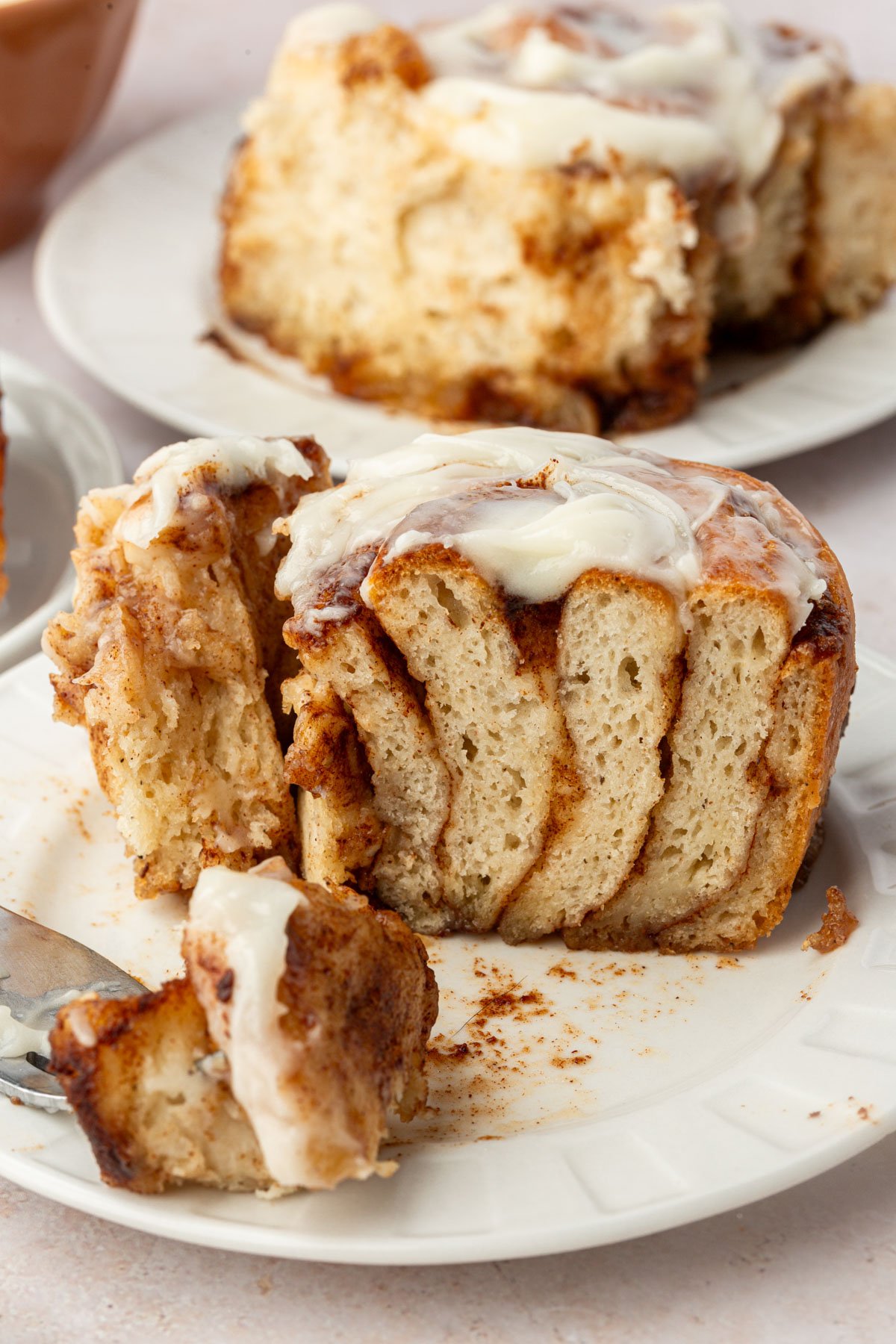
Serving suggestions
These gluten-free cinnamon rolls are perfect for brunch or a special breakfast. Serve them warm with a pot of coffee, fresh fruit, or alongside something savory like gluten-free quiche or breakfast casserole.
For a holiday spread, pair them with gluten-free pumpkin coffee cake or gluten-free cottage cheese biscuits. They also make a lovely addition to a weekend brunch board with oven-baked bacon, fruit, yogurt, and eggs.
More gluten-free breakfasts to try
Did you make this recipe?
These cinnamon rolls are everything I missed after going gluten-free — soft, buttery, and truly amazing. If you make them, tell me what you think in the comments below, or share which gluten-filled favorite you’d love to see me tackle next.
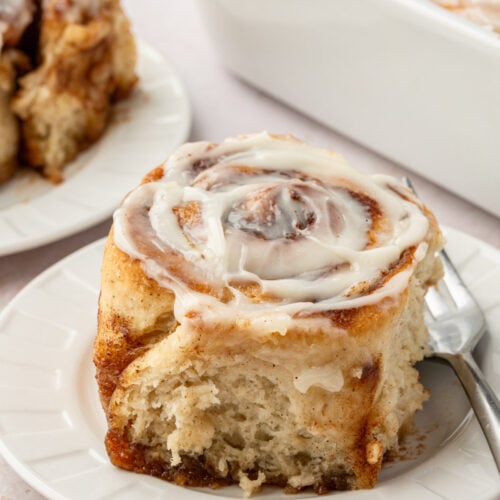
Gluten-Free Cinnamon Rolls
Ingredients
Dry Ingredients
- 320 g brown rice flour - about 2 cups
- 230 g tapioca starch - about 2 cups
- 150 g potato starch - about 1 cups
- 100 g (½ cup) granulated sugar
- 16 g (1 tablespoon) kosher salt
- 14 g instant yeast - (about 4 ½ tsp or 2 packets)
- 12 g (about 4 teaspoons) xanthan gum
- 16 g (about 4 teaspoons) baking powder
Psyllium Mixture
- 32 g whole psyllium husk - about ⅓ cup
- 320 g (about 1.5 cups) warm water - (about 100°F)
Wet Ingredients
- 320 g (about 1.5 cups) warm whole milk - (heated to 100–110°F)
- 2 large eggs - room temperature, about 100 g total
- 113 g (8 tablespoons) unsalted butter - melted and slightly cooled
- 10 g (2 teaspoons) apple cider vinegar
Cinnamon Filling
- 12 tablespoons (170g) unsalted butter - melted and cooled
- 1 1/2 cups (300g) packed light brown sugar
- 3 tablespoons (about 18g) ground cinnamon
Cream Cheese Frosting
- 4 oz (115 g) cream cheese - softened
- 2 tablespoons (28 g) unsalted butter - softened
- 1 1/2 cups (200 g) powdered sugar
- 1 tablespoon whole milk
- 1 teaspoon vanilla extract
**Use the toggle button above to turn the instruction photos on and off!
Instructions
For the Cinnamon Roll Dough:
- Mix the dry ingredients: In the bowl of a stand mixer, whisk together 320 g brown rice flour, 230 g tapioca starch, 150 g potato starch, 100 g sugar, 16 g kosher salt, 14 g instant yeast, 12 g xanthan gum, and 16 g baking powder.
- Make the psyllium gel: In a small bowl, whisk 32 g whole psyllium husk with 320 g warm water. Stir for about a minute until a thick gel forms. Set aside.
- Combine the wet ingredients: In a separate bowl, mix 320 g warm milk, 2 eggs, 113 g melted butter, and 10 g apple cider vinegar. Add in the psyllium gel and whisk until smooth.
- Make the dough: Add the wet ingredients to the dry ingredients in the stand mixer fitted with the dough hook. Mix on medium speed for 5 minutes, scraping the sides and bottom as needed to make sure all the flour is incorporated.
- Knead and shape: Dust your work surface with tapioca starch. Turn out the dough and knead by hand for 1 to 2 minutes until smooth. Pat it into a rectangle, then roll out into a large rectangle that is 13 x 24 inches and about 1/4 inch in height.
For the Cinnamon Filling:
- In a bowl, stir together 170g (12 tablespoons) melted butter, 300g (1 1/2 cups) brown sugar, and 12g (3 tablespoons) cinnamon.
- Spread evenly over the dough all the way to the edges using an offset spatula.
To Shape, Proof, and Bake:
- Slice and roll: Cut the dough into twelve 2-inch strips. Roll each strip into a spiral and place into a buttered 9 x 13-inch baking dish, leaving a little space between each one.
- Rise: Cover the pan with a towel or plastic wrap and let the rolls rise for about 1 to 1 1/2 hours, or until doubled in size. They should look soft and puffy.
- Bake: Preheat the oven to 375°F (190°C). Bake for 30–35 minutes, or until golden brown and the centers reach an internal temperature of 200°F.
For the Cream Cheese Frosting:
- Beat together 4 oz (115 g) cream cheese and 2 tablespoons (28g) unsalted butter in a bowl until smooth.
- Add 1 1/2 cups powdered sugar and mix until combined.
- Then add 1 tablespoon whole milk and 1 teaspoon vanilla extract and mix until smooth and fluffy.
- Spread the cream cheese frosting over the rolls while they’re still warm so it melts slightly into the spirals. Serve warm.
Make Ahead Option
- After shaping, let the rolls proof for about 30 minutes at room temperature, then refrigerate for up to 18 hours. When ready to bake, remove from the fridge and let the rolls come to room temperature as they finish rising until doubled in size, about 1 hour. Proceed with baking as normal.
Notes
- Gluten-Free Note: Check every ingredient label to make sure it’s truly gluten-free. Yeast (avoid Red Star Platinum Yeast which is not gluten-free) and other ingredients can sometimes contain hidden gluten. When baking for someone with celiac disease, clean your workspace and utensils to avoid cross-contact.
- Flour Note: Most store-bought gluten-free all-purpose blends are not formulated for yeast doughs, so they will not produce the same result. If you bake gluten-free regularly, I recommend mixing this custom blend in bulk so it’s ready for future recipes like yeasted donuts or dinner rolls.
- Use whole psyllium husk, not powder. The powder absorbs differently and can make the dough too firm.
Nutrition
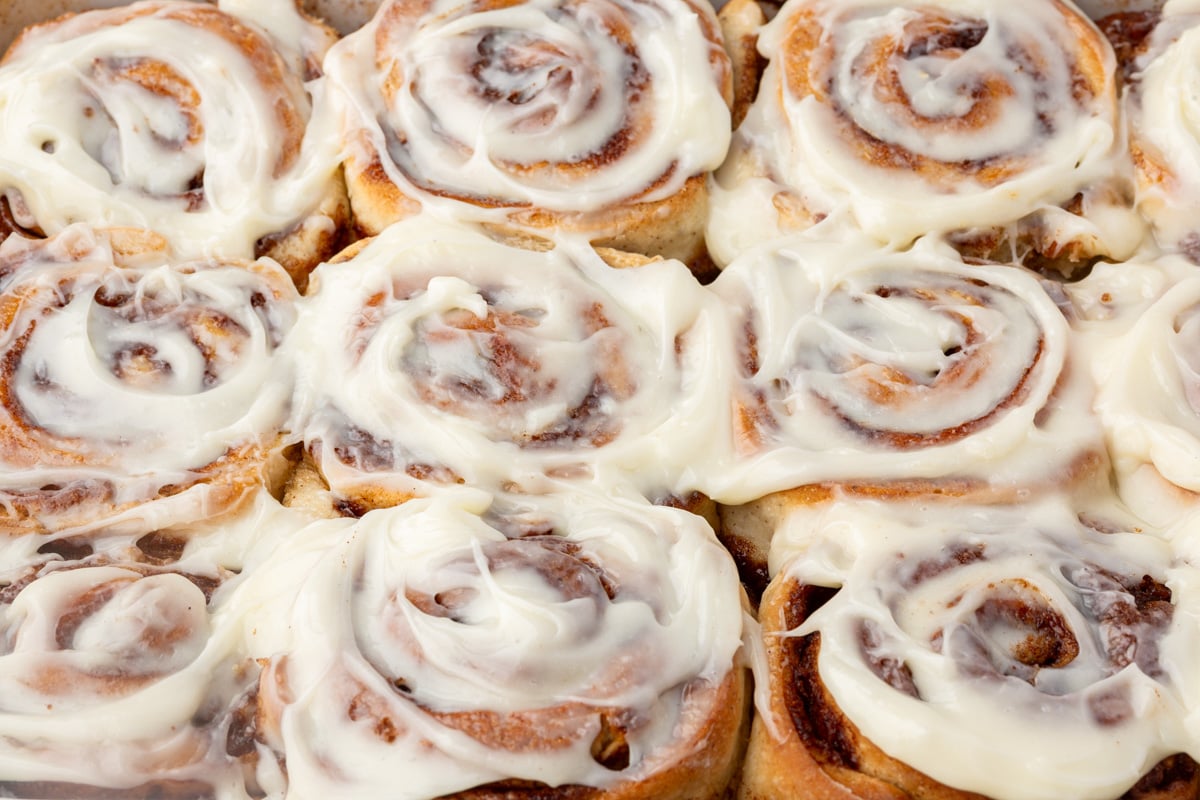


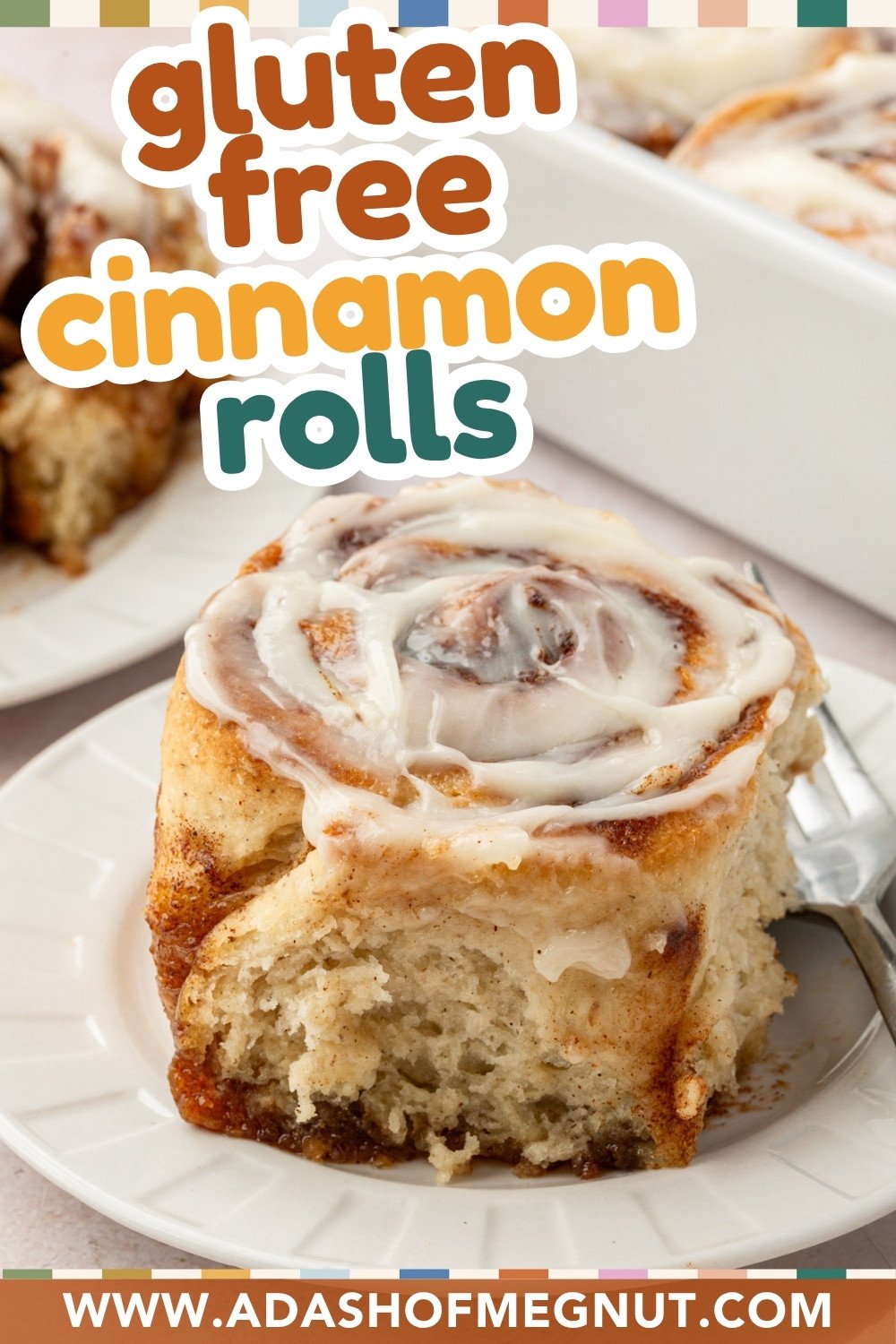
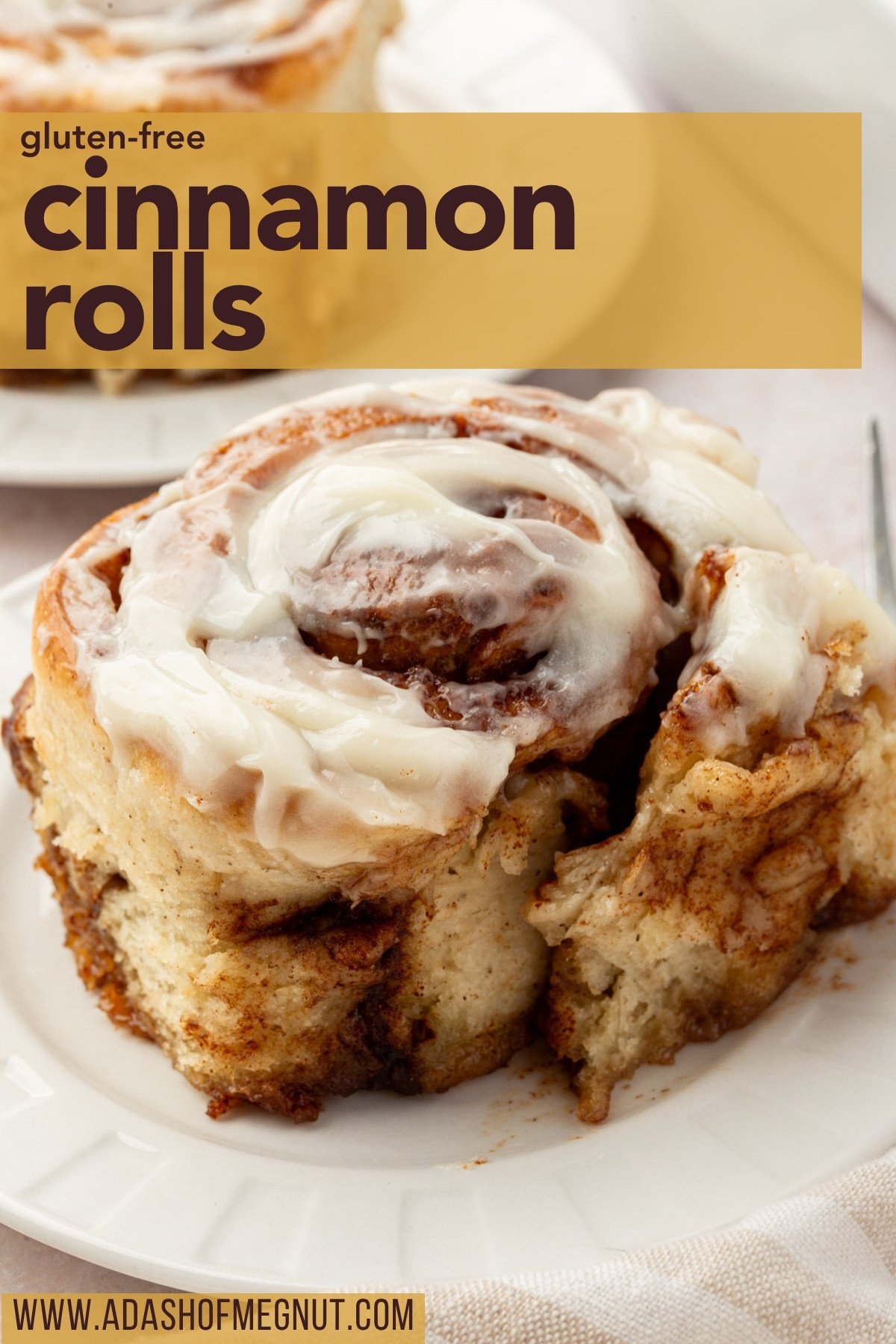

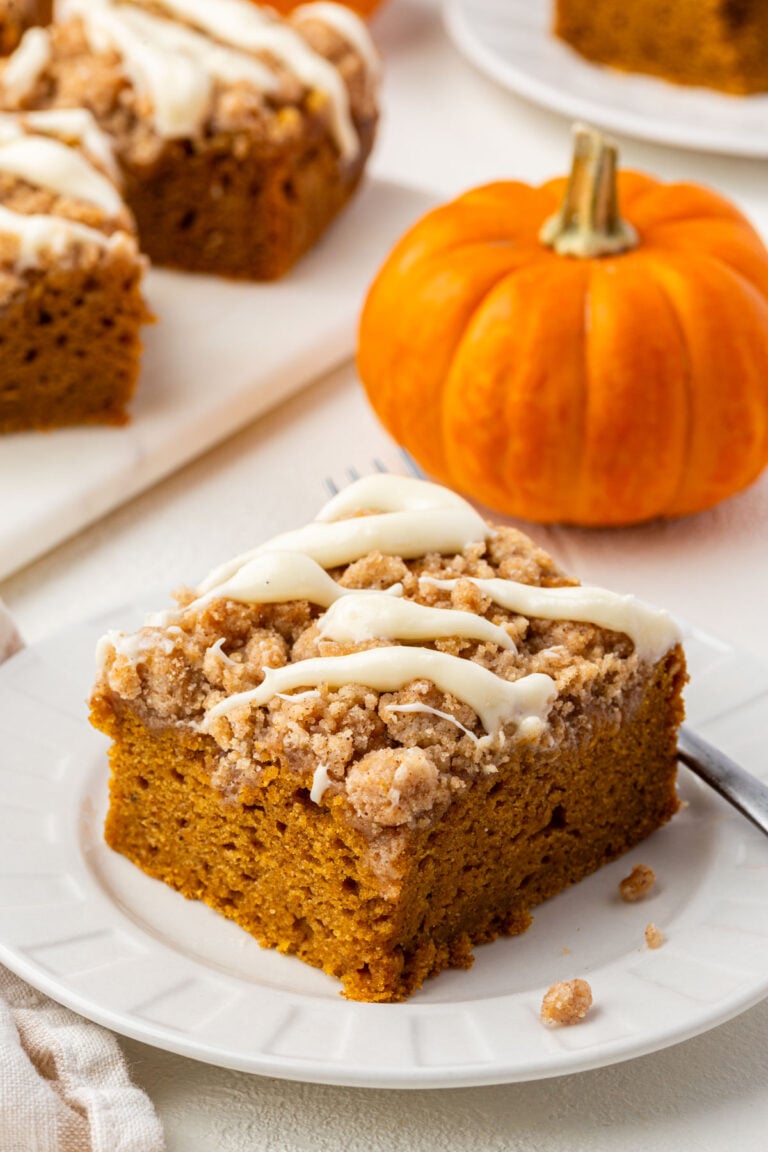
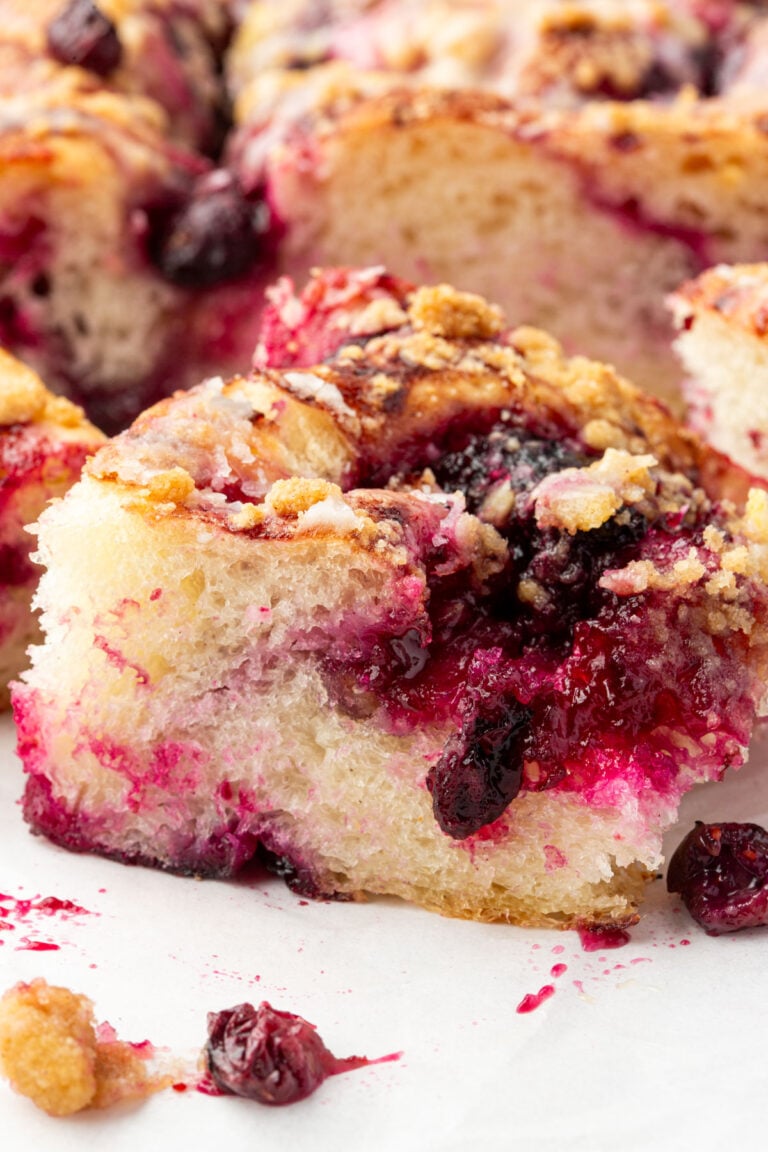
This recipe turned out excellent. It is the best gluten-free cinnamon roll recipe I have tried. Most gluten-free cinnamon rolls tend to become as hard as a rock by the next day, but these stayed soft. The only issue I had was with how sticky the dough was; I had to double the amount of flour to make it workable. I even had to put it in the fridge to let it set before using it. Everything else turned out great, and I can’t wait to try more recipes!
These turned out amazing! The recipe was so easy to follow.